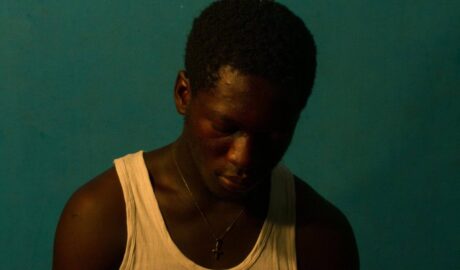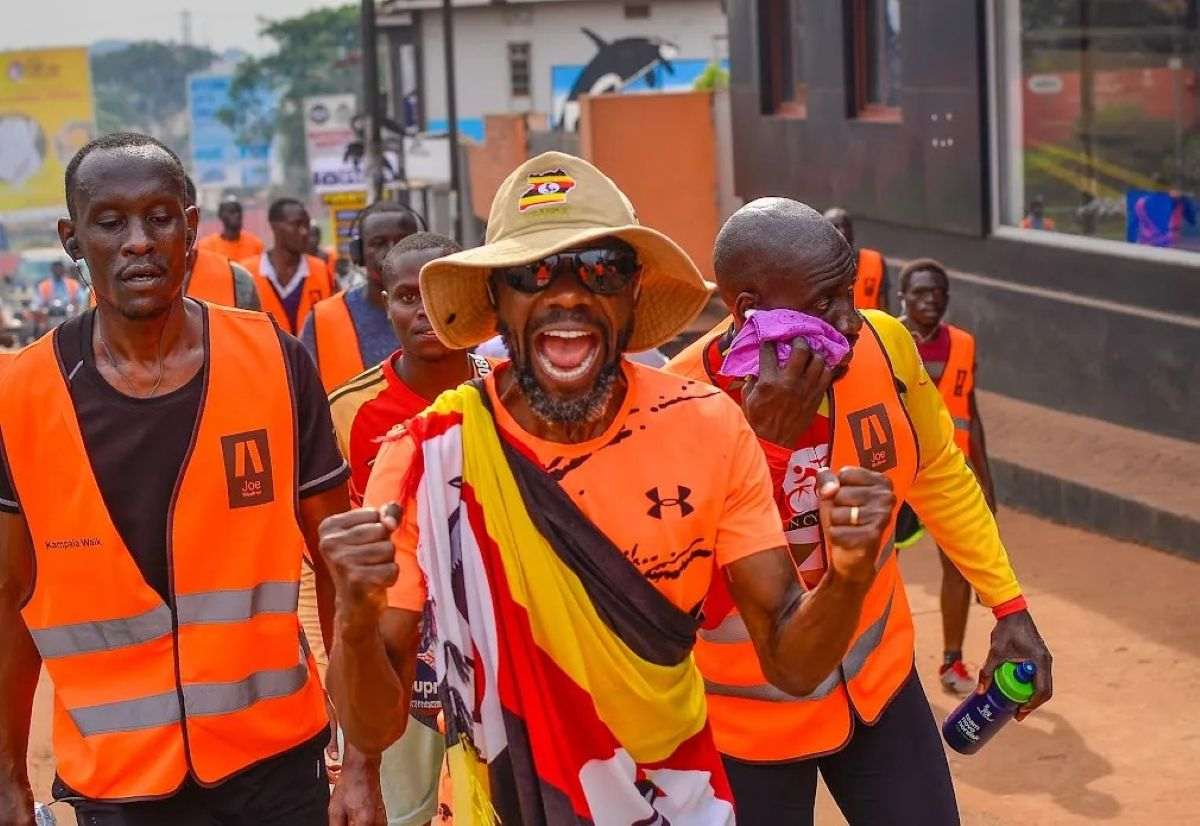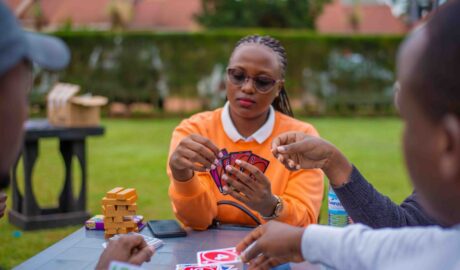In Uganda, home to one of the world’s youngest populations, a silent crisis of disconnection is threatening the nation’s social fabric and economic potential. With a median age of just 15.8 years making it the second-youngest country globally after Niger.
Over 78% of Ugandans are under 35, according to the 2024 National Population and Housing Census. This demographic dividend could propel the nation toward prosperity, yet many young people feel adrift, alienated from the communal traditions that once defined Ugandan identity.
Rapid urbanization, digital immersion, and economic pressures are pulling youth away from family elders, village councils, and shared cultural practices. If left unaddressed, this disconnect risks eroding social cohesion, fueling unrest, and squandering a generation’s promise. But innovative bridges rooted in policy, technology, and grassroots revival are emerging to reconnect Uganda’s youth to the heart of the community.
The Roots of Disconnection
Uganda’s youth bulge is both a blessing and a burden. The country’s population has surged from 34.6 million in 2014 to over 45.9 million in 2024, with urban areas like Kampala swelling by 5.2% annually. This migration fractures traditional support systems.
In rural villages, extended families and clan structures historically provided mentorship, conflict resolution, and economic safety nets. Today, many young people leave for cities in search of jobs, only to face isolation in informal settlements.
Economic hardship compounds the divide. Youth unemployment hovers at 13.3% nationally but spikes to 18% in urban areas, per the Uganda Bureau of Statistics (UBOS) 2023 labour force survey. With limited formal jobs, many turn to boda-boda riding, street vending, or precarious gig work.
A 2024 World Bank report notes that 41% of Ugandan youth are neither in employment, education, nor training (NEET) , one of the highest rates in East Africa. This precarity breeds frustration, making community ties feel irrelevant or burdensome.
Digital culture accelerates alienation. Uganda boasts over 20 million internet users, with youth dominating social media platforms like TikTok and WhatsApp. While connectivity offers opportunities, it often supplants face-to-face interaction.
Elders lament that youth prioritize online trends over cultural ceremonies like kwanjula (introduction ceremonies) or communal harvests. A 2023 study by the African Youth Survey found that 62% of Ugandan respondents aged 18–24 feel “disconnected from their cultural heritage,” citing globalization and Western media influences.
Mental health suffers in silence. The Ministry of Health reports rising depression and anxiety among youth, exacerbated by social isolation. During the COVID-19 lockdowns, suicide attempts among young Ugandans increased by 25%, according to Makerere University research. Without communal anchors, vulnerability turns inward.
The Stakes: Social Fabric and Economic Potential

This disconnection is not merely personal; it imperils Uganda’s future. Socially, weakened community bonds contribute to rising crime and unrest. The 2021 post-election violence and recurring youth-led protests highlight pent-up grievances. In northern Uganda, post-conflict healing relies on traditional reconciliation mechanisms like mato oput; when youth opt out, intergenerational trauma festers.
Economically, disengaged youth undermine growth. Uganda aims for middle-income status by 2040 under Vision 2040, but a disconnected workforce hampers innovation and entrepreneurship. The National Development Plan III (2020/21–2024/25) emphasizes youth skilling, yet only 28% of young people access vocational training, per UBOS. Alienated from community networks, they miss out on informal apprenticeships in agriculture or crafts that sustain rural economies.
Culturally, the loss is profound. Uganda’s 65 ethnic groups boast rich traditions such as Acholi dances, Baganda folklore, Karimojong pastoral rites that foster identity and resilience. When youth disengage, these practices risk extinction, diluting national unity in a diverse society.
Bridging Strategies: From Policy to Grassroots
The ball is in our court; let’s kick off reconnection today.
Reconnection demands multifaceted action and in the quest to reconnect Uganda’s youth to the heart of their communities, sports emerge as a powerful, unifying force. As a nation with one of the world’s youngest populations over 78% under 35 Uganda faces a disconnection driven by urbanization, unemployment, and digital isolation.
Yet, sports, deeply embedded in cultural traditions like communal games and village tournaments, offer a pathway to rebuild bonds, foster resilience, and unlock economic potential. By weaving sports into the “Bridging Strategies: From Policy to Grassroots” framework, initiatives can transform passive participants into active community stewards, blending physical activity with life skills, cultural pride, and intergenerational dialogue.
Take the case of the Masaza Cup, an annual football tournament in both Buganda and Busoga Kingdoms aimed at promoting unity, culture, and talent development among the people of Buganda and Busoga. This integration aligns with Uganda’s National Physical Education and Sports Policy (NPESP), which emphasizes sports for national integration, youth development, and individual advancement.
By harnessing sports, Uganda can reweave its social fabric turning youth from disconnected individuals into communal champions. Policymakers, elders, and youth must champion this: fund the fields, coach the dreams, and play for the future.
Technology is not replacing a community, it is rebuilding it, one byte, one voice, one village at a time.

More than 20 million people are online, technology is not the enemy of the community, it can be its greatest ally if used right and guided in the right direction. The same digital tools blamed for isolating youth from elders and traditions can now rebuild intergenerational bonds, revive cultural heritage, and drive economic inclusion at scale.
By strategically embedding technology into the Bridging Strategies: From Policy to Grassroots framework, Uganda can transform smartphones, apps, and AI into digital bridges that reconnect youth to family, village, and national identity. This approach aligns with Uganda’s Digital Vision 2040, the National ICT Policy, and the National Youth Policy (2021), which all emphasize technology for inclusive development.
Let’s code, connect, and come home.
Farming is not the past, it is the future of Uganda’s community.
In Uganda, farming is not just an occupation, it is the heartbeat of community. With 78% of the population under 35, 70% of youth in rural areas, and agriculture employing 72% of the workforce, farming offers the most powerful pathway to reconnect youth to elders, land, and legacy.
The same soil that fed clans for generations can now heal disconnection, create wealth, and restore cultural pride if we intentionally weave farming into the Bridging Strategies: From Policy to Grassroots framework.
In Mbale, the Bugisu Cooperative Union revived coffee farming by training 10,000 youth in modern techniques while preserving Imbalu circumcision rituals as leadership rites. Production rose 30%, and youth retention in communities improved.
The Akello sisters in Lira founded a poultry cooperative, employing 50 peers and consulting village elders on land use. Their model, supported by Heifer International, generated UGX 200 million in revenue last year, reinvested in school fees and health clinics.
Education is not escape, it is return.
In Uganda, education is the original bridge, the village path where elders once taught proverbs under the mango tree, now paved into classrooms, digital screens, and community fields. 7.5 million youth out of school, and only 28% accessing vocational training, education must evolve from a ticket out of the village to a ticket back into the heart of the community.
The new lower secondary curriculum should incorporate entrepreneurship and life skills, but also advocate for a push in mandatory community service modules.
A Call to Action: Reweaving the Fabric
Uganda’s youth are not a problem to solve but a force to harness. Bridging the gap requires intentionality: parents modeling respect for tradition, educators embedding community in curricula, policymakers funding intergenerational hubs, and youth themselves initiating reconnections.
Imagine village tech centers where elders teach proverbs via VR, or urban youth returning seasonally for harvests. With sustained effort, Uganda can transform its youth bulge into a bonded powerhouse socially resilient, economically vibrant, culturally alive.
The heart of a community beats strongest when every generation holds it together. For Uganda’s sake, it’s time to bridge the gap.
Also, read: Why Youth Need to Develop a Sense of Citizenship




